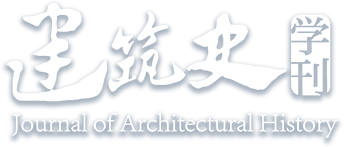Abstract:
Xichun Garden, encompassing Tsinghua Garden and Jinchun Garden, was a Qing-era imperial garden. Owned by emperors and later bestowed upon princes, the garden eventually became the site of Tsinghua College, the precursor to Tsinghua University. Despite the garden’s historical value as a well-preserved, large-scale Qing princely garden, its historical geography has yet to be examined. This paper uses historical records and surviving remnants to analyze changes in the garden’s boundary walls and sites over time, then reconstructs the geographical layout of Xichun Garden’s boundary walls and sites. The paper reveals Qing craftsmen’s representational strategies and the garden’s evolving roles. It also supports future heritage conservation and campus planning of the Tsinghua campus. This paper consists of two parts. Part One examines the history and measurement of boundary walls during the Qing dynasty. It demonstrates how Xichun Garden’s boundary walls contributed to both the internal and external landscapemaking of the imperial garden complex around Changchun Garden’s main gate during the Qianlong and Jiaqing periods. Part Two focuses on the Republican era, comparing the key reference points of boundary walls in the Qing and Republican eras and proposing three reconstruction plans. This part concludes that the 1910s-20s campus boundary walls were built along the garden’s boundary walls, having a long-lasting influence on the spatial layout and transportation networks of the Tsinghua campus.


 下载:
下载: